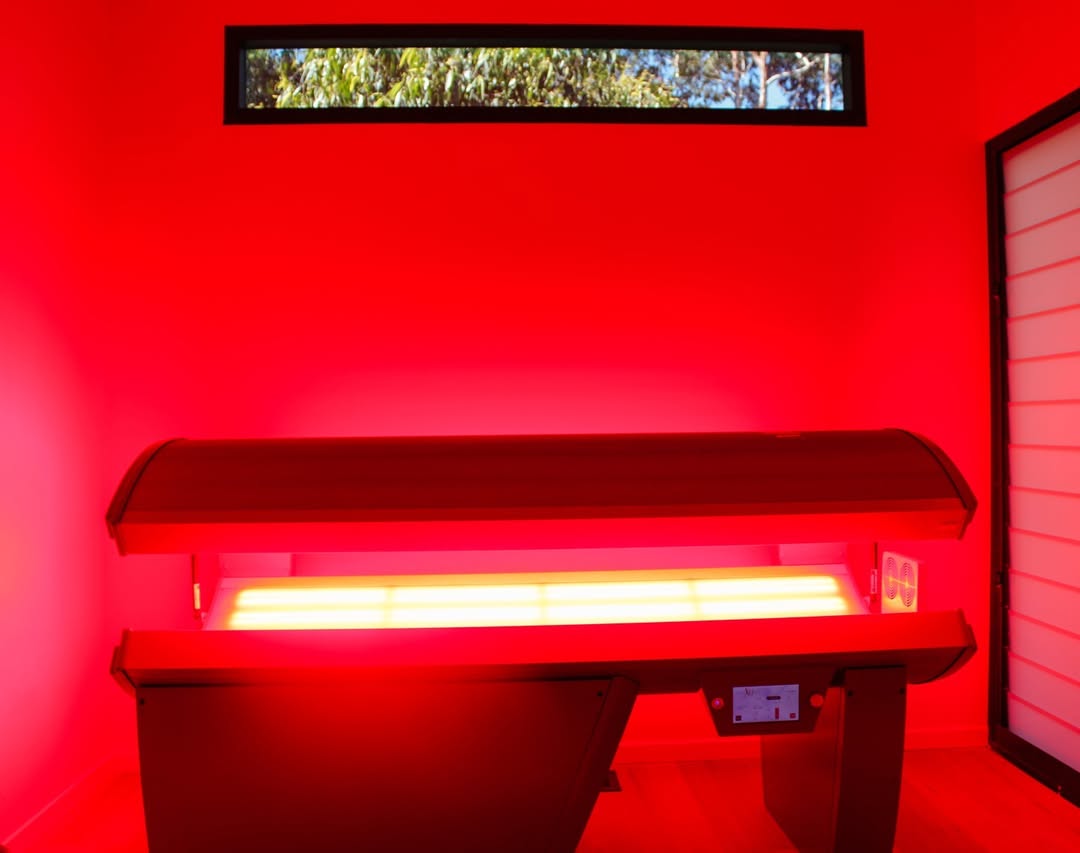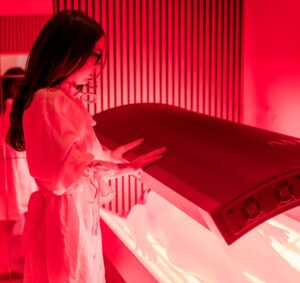
The Role of Full Body LED Light Therapy Devices in Pain Management
In recent years, full body LED light therapy devices have gained immense popularity among people looking for non-invasive and drug-free ways to manage pain. From athletes to individuals suffering from chronic pain conditions, light therapy has emerged as a trusted ally. This innovative technology uses specific wavelengths of light to penetrate deep into tissues, accelerating healing and reducing inflammation. A Full Body LED Light Therapy Device offers a safe and effective way to relieve pain, reduce inflammation, and promote faster muscle recovery through advanced light technology. In this guide, we’ll explore how full body LED light therapy devices work, their benefits, and why they’re becoming a game-changer in pain management.
Understanding Full Body LED Light Therapy
LED light therapy, also known as photobiomodulation (PBM) or low-level light therapy (LLLT), involves the use of red and near-infrared light to stimulate cellular activity. The therapy doesn’t use UV rays, so it’s completely safe for the skin and body.
Full body devices are designed to cover a large treatment area, allowing the entire body to receive light exposure simultaneously. These devices emit precise wavelengths, typically between 600 nm and 850 nm, which are scientifically proven to reach deep layers of skin, muscles, and joints.
When light energy reaches the cells, it stimulates mitochondria — the “powerhouse” of the cell — to produce more adenosine triphosphate (ATP). This increase in ATP boosts cellular repair, reduces inflammation, and accelerates tissue recovery, leading to noticeable pain relief and improved physical function.
How Full Body LED Light Therapy Helps Manage Pain
One of the primary ways full body LED light therapy devices aid in pain management is by improving blood circulation and reducing inflammation. Chronic pain often results from inflammation or tissue damage, and light therapy helps address both root causes.
-
Enhanced Blood Flow:
Light therapy promotes vasodilation — the widening of blood vessels — improving oxygen and nutrient delivery to damaged tissues. Better circulation speeds up recovery and helps the body eliminate waste products that contribute to pain and swelling. -
Reduced Inflammation:
Red and near-infrared light therapy can reduce the production of pro-inflammatory cytokines, which are responsible for pain and swelling. At the same time, it increases anti-inflammatory mediators that calm irritated tissues. -
Nerve Regeneration and Pain Relief:
For individuals with neuropathic pain or nerve-related discomfort, LED light therapy helps stimulate nerve regeneration. It also reduces oxidative stress in nerve cells, promoting healing and reducing discomfort. -
Muscle Recovery and Joint Health:
Athletes frequently use full body LED light therapy to speed up muscle recovery after intense workouts. It helps reduce muscle soreness, stiffness, and joint pain by enhancing muscle fiber repair and minimizing inflammation.

Scientific Backing Behind LED Light Therapy for Pain
Numerous clinical studies and research papers have confirmed the effectiveness of LED light therapy for pain management. According to findings published in The Journal of Pain Research, patients who underwent near-infrared light therapy reported significant pain reduction compared to those who received placebo treatment.
Moreover, NASA has conducted research on LED light therapy for astronauts to promote tissue repair in zero-gravity conditions, further validating its healing potential. Medical professionals worldwide now recognize light therapy as a safe and effective complementary treatment for conditions like arthritis, fibromyalgia, muscle strain, and chronic back pain.
Benefits of Using Full Body LED Light Therapy Devices
1. Non-Invasive and Drug-Free Relief
One of the biggest advantages of LED light therapy is that it’s completely non-invasive. It doesn’t require surgery, needles, or medications — making it a great alternative for people who want to avoid painkillers or invasive procedures.
2. Convenient Full-Body Treatment
Unlike localized light therapy devices that only target specific areas, full body LED light therapy devices provide uniform exposure. This allows users to treat multiple pain points simultaneously, improving efficiency and comfort.
3. Accelerates Recovery After Injury or Exercise
Full body light therapy helps athletes and fitness enthusiasts recover faster by reducing muscle fatigue and soreness. It promotes faster muscle cell regeneration, which helps in maintaining peak physical performance.
4. Improves Mobility and Flexibility
By easing pain and reducing stiffness in joints and muscles, light therapy helps improve overall mobility and flexibility. This makes it beneficial for both older adults dealing with chronic conditions and active individuals looking to maintain a healthy range of motion.
5. Promotes Overall Wellness
Beyond pain management, LED light therapy has been linked to improved mood, better sleep, and reduced stress. The therapy promotes the release of endorphins, which naturally elevate mood and provide a sense of relaxation.
Conditions That Benefit from Full Body LED Light Therapy
Full body LED light therapy devices can be used for a wide range of conditions, including:
-
Chronic back and neck pain
-
Arthritis and joint inflammation
-
Muscle strains and sports injuries
-
Nerve pain (neuropathy)
-
Post-surgical recovery
-
Fibromyalgia and chronic fatigue syndrome
Because the therapy works at the cellular level, it doesn’t just mask symptoms — it helps the body heal naturally, leading to long-lasting pain relief and improved physical function.
Using a Full Body LED Light Therapy Device at Home
One of the most appealing aspects of LED light therapy is that it’s now accessible for home use. With advanced technology, many manufacturers offer user-friendly devices suitable for personal therapy sessions.
When using a full body device, it’s recommended to start with 10–20 minute sessions, three to five times per week. Over time, you can adjust the duration and frequency based on your comfort level and results. Always follow manufacturer guidelines for optimal safety and effectiveness.
It’s also important to ensure that the device emits both red and near-infrared light, as this combination provides the most comprehensive results for pain relief and tissue healing.
Are There Any Side Effects?
LED light therapy is generally considered safe and well-tolerated. Unlike UV light, it doesn’t cause burns or skin damage. Some users may experience mild warmth or temporary redness immediately after a session, which usually subsides quickly.
However, individuals with certain medical conditions or those taking photosensitive medications should consult their healthcare provider before beginning light therapy treatments.
Conclusion
Full body LED light therapy devices are transforming the way we approach pain management. By harnessing the power of light energy, these devices help reduce inflammation, accelerate healing, and restore comfort — all without invasive procedures or medication. Whether you’re recovering from an injury, managing chronic pain, or simply looking to boost your body’s natural healing process, LED light therapy offers a safe, effective, and science-backed solution. As technology continues to evolve, full body light therapy is set to become a cornerstone in modern wellness and rehabilitation.
